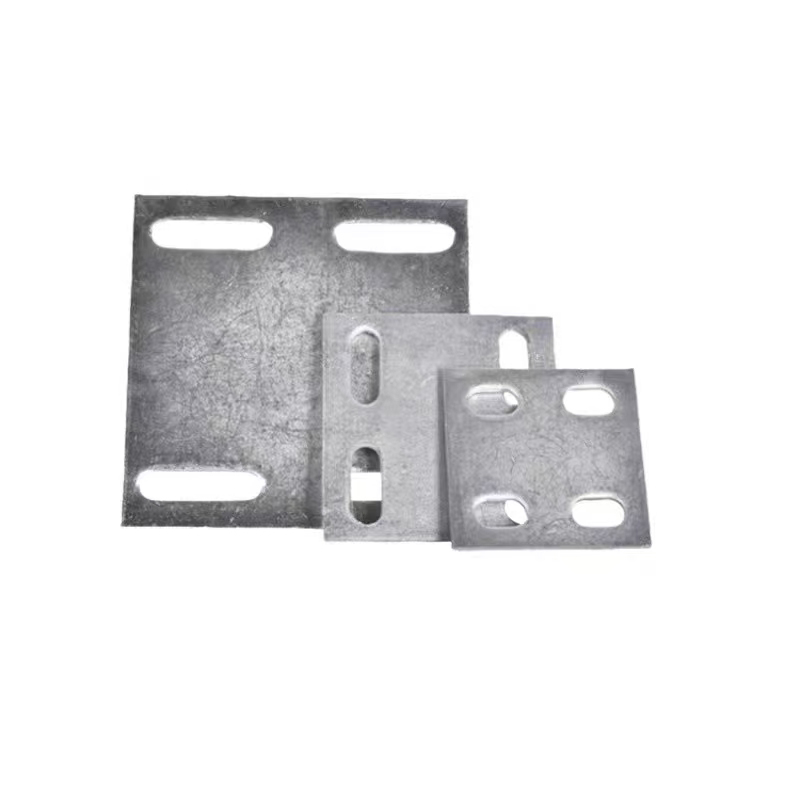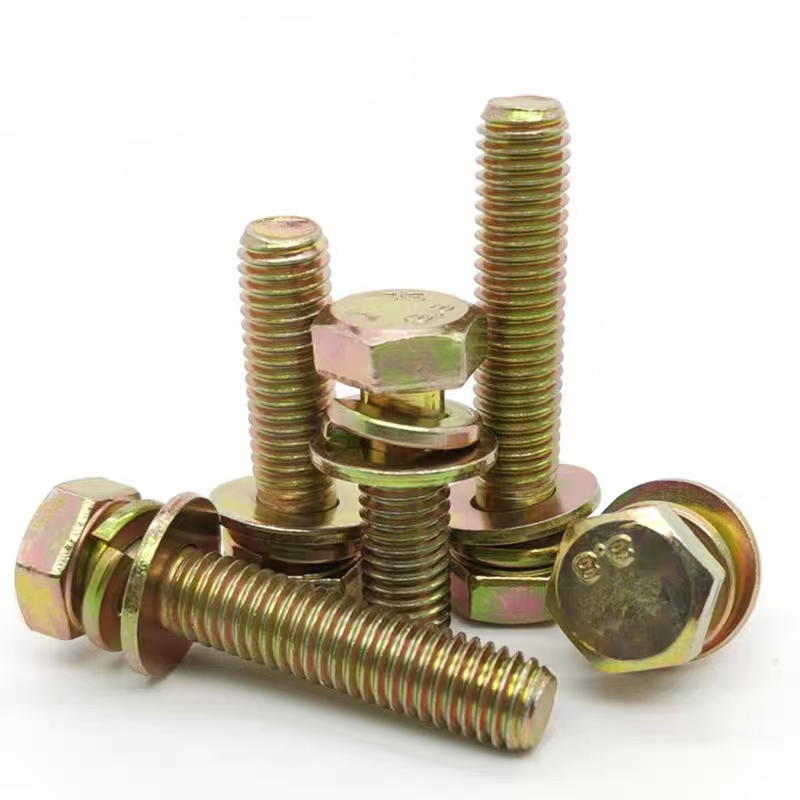- Chinese
- French
- German
- Portuguese
- Spanish
- Russian
- Japanese
- Korean
- Arabic
- Irish
- Greek
- Turkish
- Italian
- Danish
- Romanian
- Indonesian
- Czech
- Afrikaans
- Swedish
- Polish
- Basque
- Catalan
- Esperanto
- Hindi
- Lao
- Albanian
- Amharic
- Armenian
- Azerbaijani
- Belarusian
- Bengali
- Bosnian
- Bulgarian
- Cebuano
- Chichewa
- Corsican
- Croatian
- Dutch
- Estonian
- Filipino
- Finnish
- Frisian
- Galician
- Georgian
- Gujarati
- Haitian
- Hausa
- Hawaiian
- Hebrew
- Hmong
- Hungarian
- Icelandic
- Igbo
- Javanese
- Kannada
- Kazakh
- Khmer
- Kurdish
- Kyrgyz
- Latin
- Latvian
- Lithuanian
- Luxembou..
- Macedonian
- Malagasy
- Malay
- Malayalam
- Maltese
- Maori
- Marathi
- Mongolian
- Burmese
- Nepali
- Norwegian
- Pashto
- Persian
- Punjabi
- Serbian
- Sesotho
- Sinhala
- Slovak
- Slovenian
- Somali
- Samoan
- Scots Gaelic
- Shona
- Sindhi
- Sundanese
- Swahili
- Tajik
- Tamil
- Telugu
- Thai
- Ukrainian
- Urdu
- Uzbek
- Vietnamese
- Welsh
- Xhosa
- Yiddish
- Yoruba
- Zulu
- Kinyarwanda
- Tatar
- Oriya
- Turkmen
- Uyghur

2.5 u bolt
The Practical Insights on 2.5 U Bolt Usage
When it comes to 2.5 u bolt, many of us think we know exactly what it’s for, but do we really? There's more to this seemingly simple component, particularly if you’re involved in the construction or automotive industries. Let’s dig into some hands-on insights and industry experiences surrounding its practical use.
Understanding the 2.5 U Bolt: Basics and Beyond
The 2.5 u bolt is not just another bolt; it’s a component that secures pipes, rods, or other round objects to a surface. At first glance, its purpose might seem straightforward, but selecting the right one can be surprisingly complex. It requires not only understanding the material and load requirements but also the environmental conditions it will endure.
For instance, if you're working in coastal areas or high-humidity environments, corrosion resistance becomes crucial. The choice of material—whether it’s stainless steel or galvanized—can make or break your entire project. This was a lesson learned early in my career when we underestimated the importance of corrosion resistance, leading to a costly project overhaul.
A 2.5 u bolt typically finds itself in industrial applications dealing with securing piping in mechanical systems. Here, it plays a role in both safety and operational integrity. A miscalculation, even by a small margin, might lead to system failures or hazardous situations.
Challenges in Application: Real-World Scenarios
One challenging scenario I recall involved the retrofit of an industrial HVAC system. The existing piping was mismatched with the available u-bolts. We assumed standard sizes would fit, but when you’re in a pinch, and it's midnight, assumptions can be your worst enemy. Always match your bolt to the pipe dimensions and, if possible, verify these dimensions precisely before installation.
The difference between a successful application and a potential disaster often lies in details like torque specifications and proper alignment. This is where site-specific knowledge and the manufacturer’s guidelines come into play. I’ve found the specs available at Handan Zitai Fastener Manufacturing Co., Ltd. (found at their website) to be quite comprehensive, especially when bespoke solutions are necessary.
It’s also worth noting that a single failure point can offset a delicate balance. For instance, during an installation at a client’s site, an incorrectly fitted 2.5 u bolt resulted in the entire support structure shifting under operational stress. This scenario highlights why double-checking at every step is not just recommended; it’s essential.
Steps to Selecting the Right 2.5 U Bolt
The first step in selecting your 2.5 u bolt is straightforward—clearly define your application demands. Are you dealing with heavy-duty loads or light structural supports? Once you answer this, move to the selection of materials and consider the environmental exposure the bolts will face.
Next, involve suppliers. Companies like Handan Zitai Fastener Manufacturing Co., Ltd. can provide insights into custom solutions that might not be immediately obvious. There’s often more than one way to secure a pipe or piece of machinery, and their expertise can reveal alternate approaches.
I also recommend considering long-term impact over initial convenience. Early on, I opted for the seemingly quick fix, and it led to more problems down the line. Proper foresight prevents surprises and secures the integrity of installations.
Maintenance and Inspection: Key Factors
Once the bolts are in place, the job isn’t quite over. Regular maintenance and inspection are key. In practice, I've seen countless installations where bolts worked loose over time, due to either operational vibration or simple neglect.
Scheduled checks, especially in high-stress applications, can save both time and money. Given their essential role in securing parts, regular torque checks and visual inspections of u-bolts are critical. Spotting a wear or corrosion issue early can prevent a full-scale repair or system shutdown.
Regular servicing schedules should be non-negotiable, particularly with installations involving significant dynamic loads or environmental exposure. Trust me, saving on maintenance rarely pays off in the long run. This approach ensures not just sustained performance, but also safety.
Final Thoughts: Integrating Practical Knowledge
To wrap things up, the 2.5 u bolt is more than a simple support component. Its selection and implementation involve considered choices that can significantly impact project outcomes. Draw from resources like experts at Handan Zitai Fastener Manufacturing Co., Ltd., and apply their insights to your specific requirements.
Remember, precise application, regular inspection, and choosing the right materials are the trifecta for successful bolt operations. Each project may have its nuances, but the fundamentals of bolt application remain universally valuable.
While this might seem like an exhaustive discourse on a seemingly simple piece of equipment, the effectiveness of your installations hinges on such components. Treat them with the respect they deserve.
Related products
Related products
Best selling products
Best selling products-
 Black zinc plated hinge bolts
Black zinc plated hinge bolts -
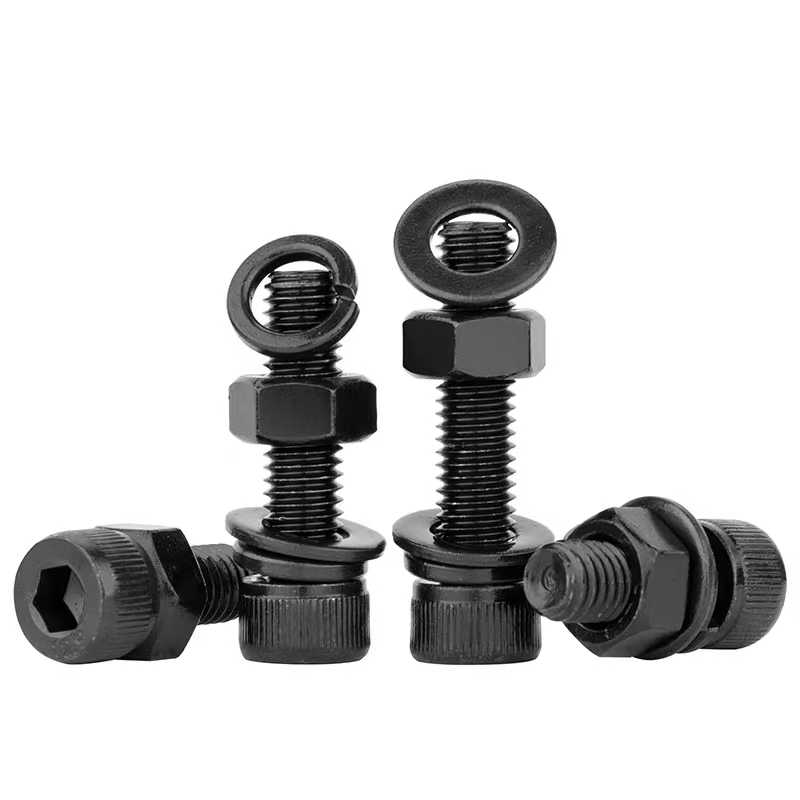 Hexagon socket black zinc-plated bolts
Hexagon socket black zinc-plated bolts -
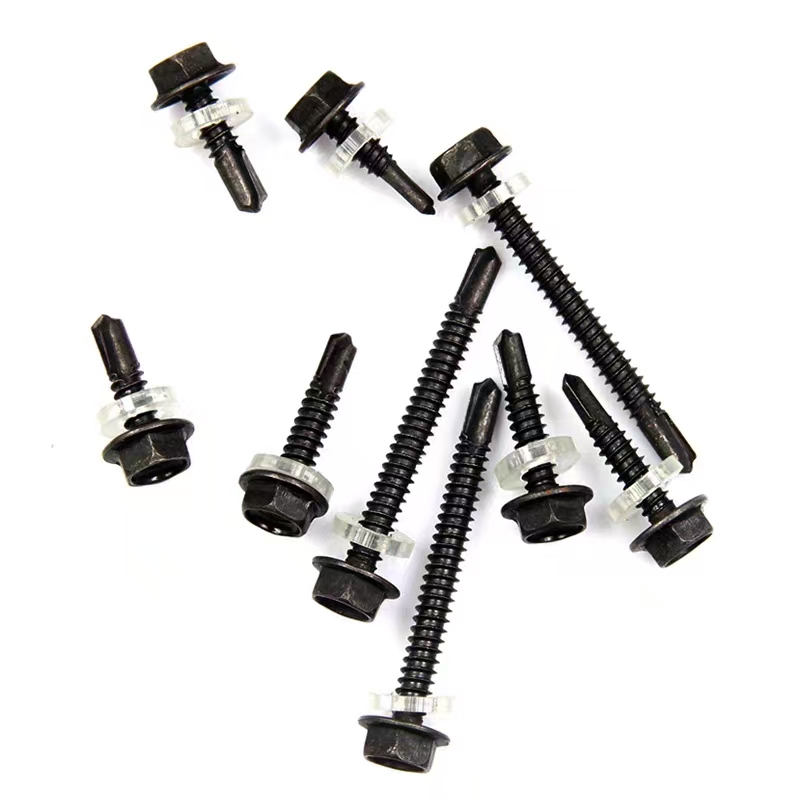 Black zinc-plated hexagonal drill tail wire
Black zinc-plated hexagonal drill tail wire -
 Colored zinc-plated nuts
Colored zinc-plated nuts -
 Black zinc flange bolts
Black zinc flange bolts -
 10.9S large hexagon bolts
10.9S large hexagon bolts -
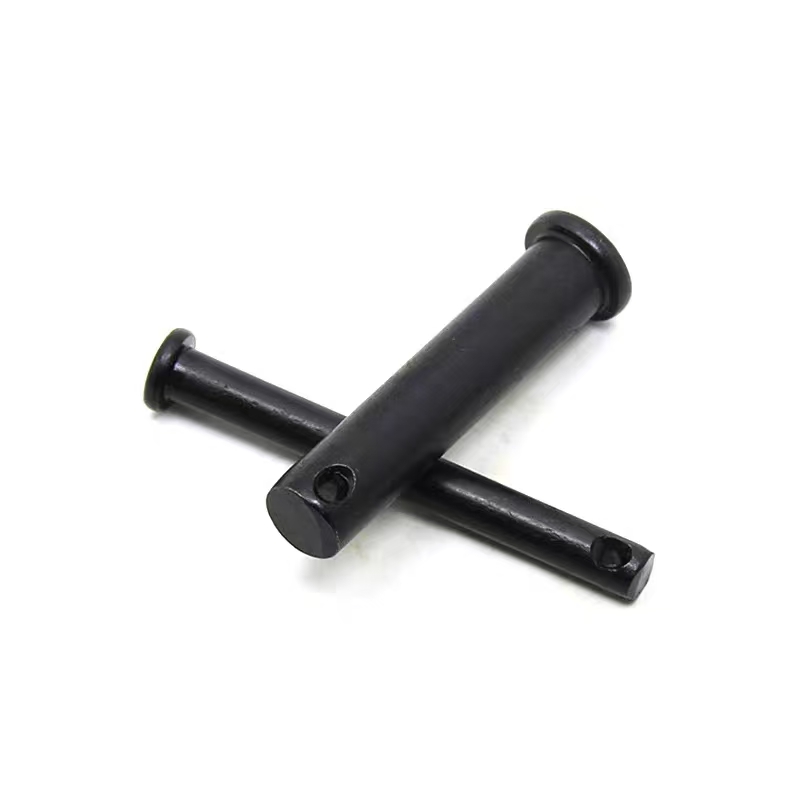 Black zinc plated pin shaft
Black zinc plated pin shaft -
 High-strength blackened nuts
High-strength blackened nuts -
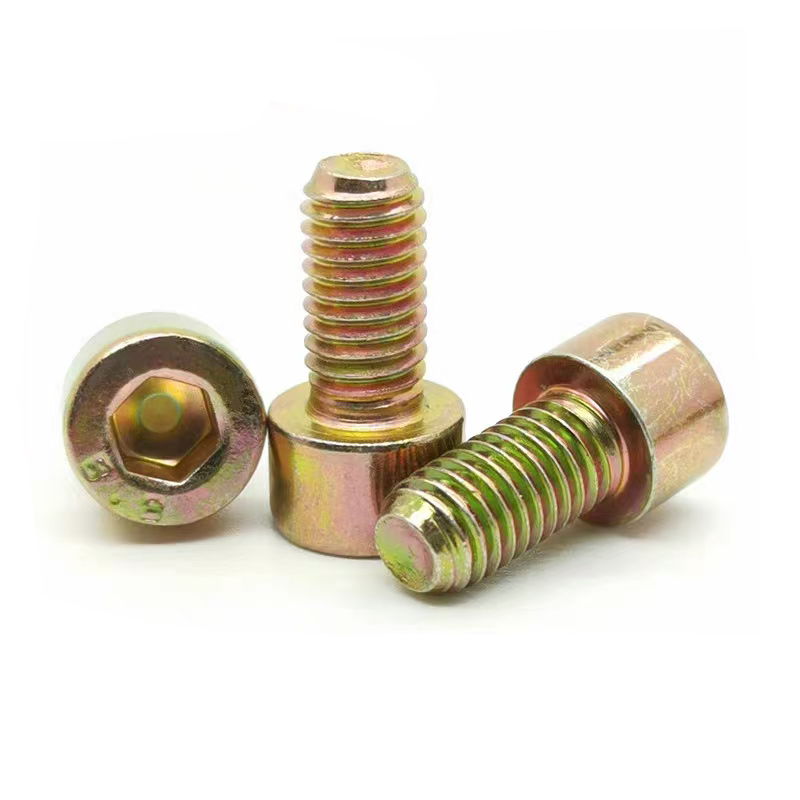 Hexagon socket colored zinc-plated bolts
Hexagon socket colored zinc-plated bolts -
 High-strength blackened gasket
High-strength blackened gasket -
 Welded plate anchor (welded plate anchor bolt)
Welded plate anchor (welded plate anchor bolt) -
 Hot-dip galvanized chemical bolts
Hot-dip galvanized chemical bolts


